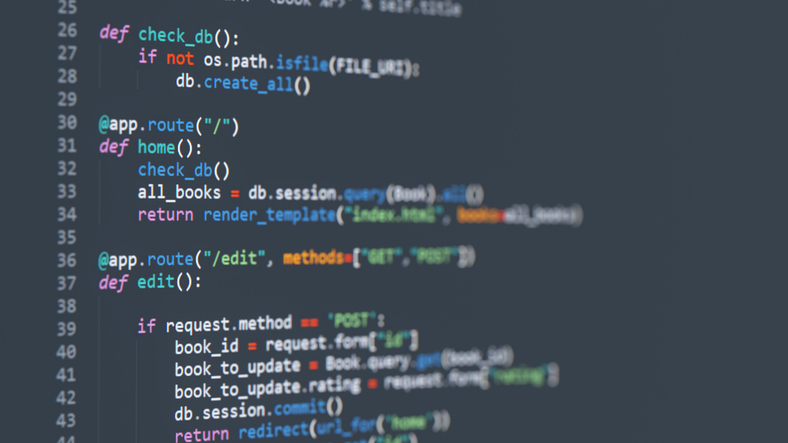14 min read
Harnessing the Power of Iteration: Exploring Python's for and while Loops
There's something almost magical about the moment you realize you can make your computer do your bidding with just a few lines of code. It's like...
4 min read
![]() The Amazing Team at Skills Data Analytics
:
Apr 10, 2024 1:27:03 PM
The Amazing Team at Skills Data Analytics
:
Apr 10, 2024 1:27:03 PM
Ever felt like you're on a thrilling adventure, uncovering the secrets of a mysterious language? Well, that's pretty much what diving into Python programming feels like! It's not just about writing code; it's about discovering efficient, readable, and downright elegant ways to solve problems. Today, we're zeroing in on two of Python's most intriguing features: ternary expressions and the pass statement. While they might not get the spotlight as much as their more famous counterparts, understanding these two can significantly enhance your coding efficiency and readability.
Whether you're a budding programmer, a data analytics enthusiast, or simply curious about the tech world, mastering these features will not only make your code cleaner but also save you time and headaches. So, buckle up as we embark on this enlightening journey through the realm of Python, where every line of code holds the potential to unlock new possibilities!
The Basics of Control Flow in Python
The heart of decision-making in Python—or in any programming language, really—lies in its control flow mechanisms. At the core of this are the if, elif, and else statements, the bread and butter of programming logic.
Pro tip:
When using logical operators in if-statements, always be clear about your conditions. Parentheses can be your best friend here, helping to group conditions and make your logic crystal clear. Remember, the goal is not just to write code that works but to write code that's also easy to read and understand, even for someone seeing it for the first time.
Mastering Ternary Expressions in Python
Imagine you're at a crossroads, and you need to make a quick decision based on the weather. If it's sunny, you'll wear sunglasses; if not, you'll grab an umbrella. In Python, this decision-making process can be elegantly handled with a single line of code using ternary expressions.
Pro Tip:
When using ternary expressions, always prioritize readability over cleverness. It’s tempting to condense multiple operations into a single line, but if the logic becomes too convoluted, it defeats the purpose. Use them judiciously, especially when the condition and outcomes are straightforward and concise.
The Power of the Pass Statement
Now, let’s talk about one of Python's most unique features: the pass statement. At first glance, it might seem unimpressive—a statement that does nothing. However, its true power lies in its subtlety and the specific scenarios where it becomes incredibly useful.
Ternary expressions and the pass statement are like the hidden gems of Python programming. Though their simplicity might make them easy to overlook, their strategic use can significantly enhance the efficiency and readability of your code.
Key Takeaways:
As you continue your Python journey, remember that the best code is not just about getting the job done; it’s about doing so in a way that’s clear, maintainable, and elegant. Whether you’re a beginner just starting out or a seasoned developer looking to refine your skills, embracing these features is a step towards writing better Python code. And who knows? The efficiency and clarity you bring to your projects might just be the ticket to advancing your career in the ever-evolving field of data analytics.
Also Read: DATA ANALYTICS VS DATA SCIENCE: WHICH CAREER IS RIGHT FOR YOU?
For further exploration of data analysis and analytics, check out our bootcamp program on Skills Data Analytics
FAQs

14 min read
There's something almost magical about the moment you realize you can make your computer do your bidding with just a few lines of code. It's like...

4 min read
Diving Deep into Python's Ecosystem

4 min read
Embarking on the journey of learning programming is like setting sail into a vast ocean of opportunities. Among the numerous languages charting the...